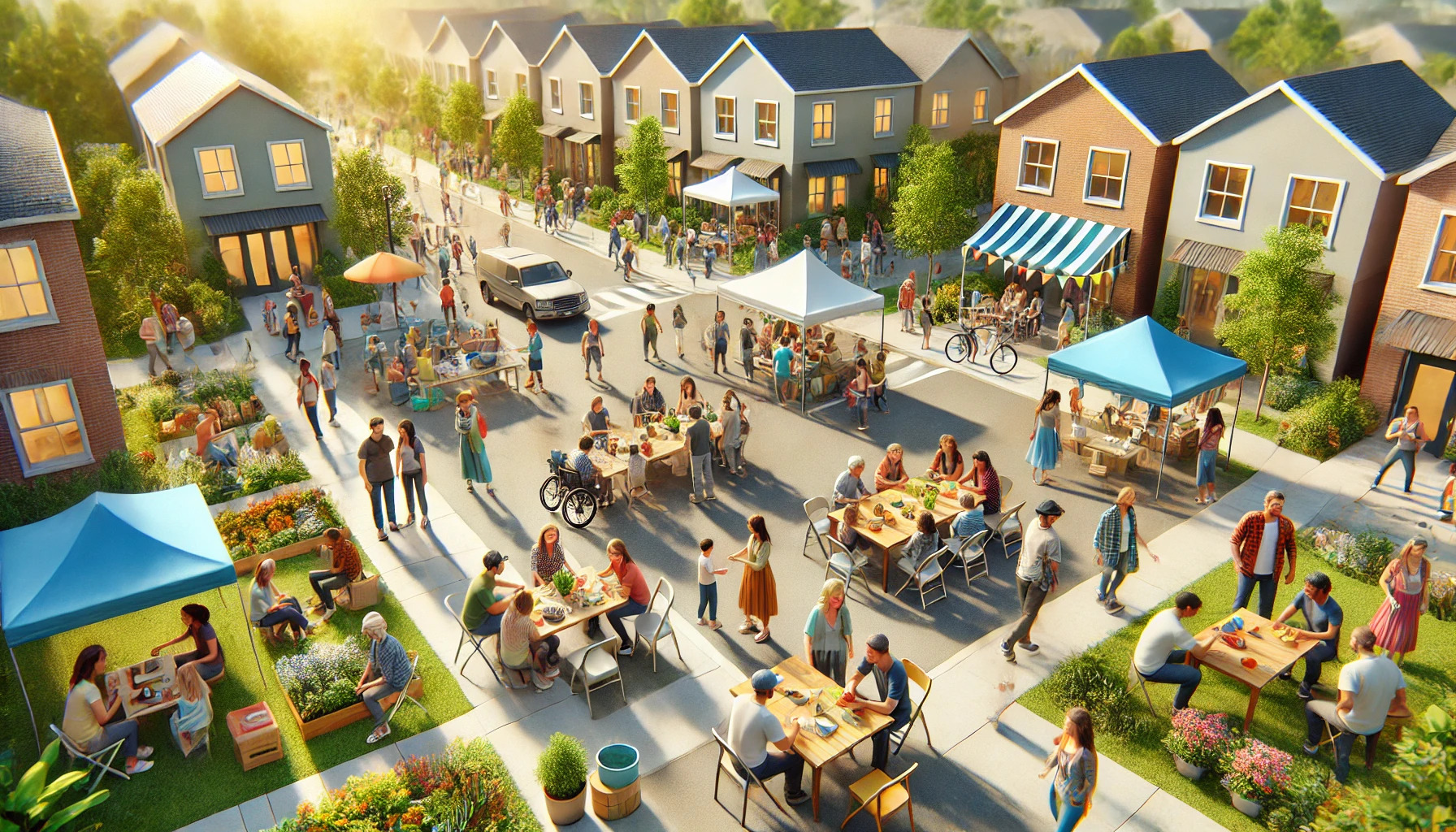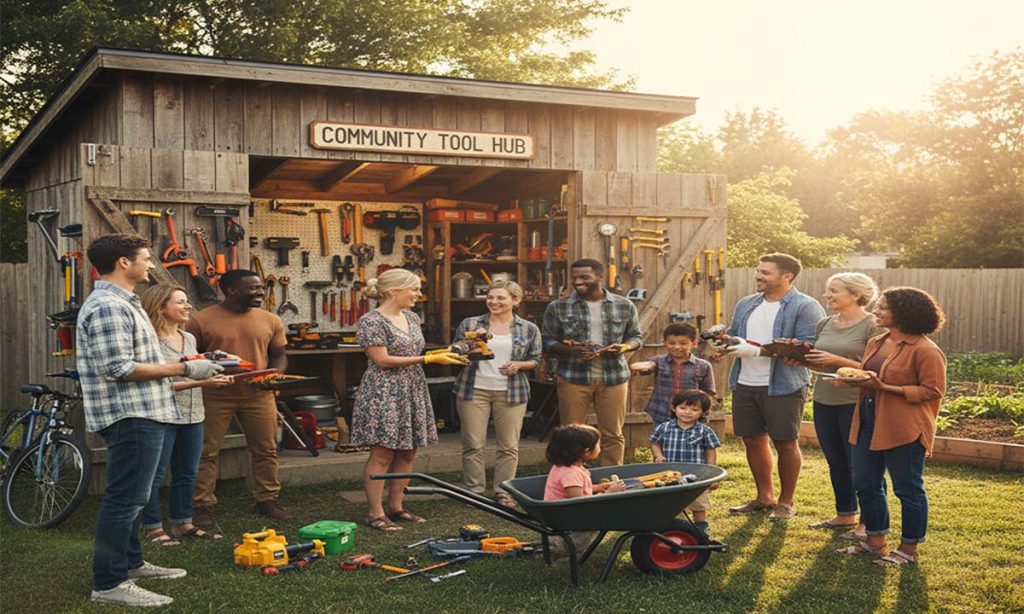Creating vibrant and supportive neighborhoods requires active community engagement. Building strong neighborhoods involves fostering connections among residents, promoting shared values, and working together on local initiatives. Here are some effective strategies to strengthen neighborhood ties and enhance community involvement.
1. Organize Regular Community Events
Host Social Gatherings: Regular social events, such as block parties, potlucks, neighborhood picnics, or a community clean-up event, provide opportunities for residents to meet and interact. These gatherings help build relationships and foster a sense of belonging.
Plan Volunteer Activities: Organize volunteer projects like community clean-ups, tree planting, or charity fundraisers. Consider hosting workshops on how to start a community garden. Collaborative efforts in these activities not only benefit the neighborhood but also encourage teamwork and a shared sense of purpose.
Create Special Interest Groups: Form groups based on common interests, such as book clubs, gardening clubs, or sports teams. Special interest groups offer platforms for residents to connect over shared passions and develop deeper bonds.
2. Foster Open Communication
Establish Communication Channels: Utilize various communication tools, such as community newsletters, social media groups, or neighborhood apps, to keep residents informed about local news, events, and important updates.
Encourage Feedback and Suggestions: Create avenues for residents to voice their opinions and suggest improvements. Holding regular town hall meetings or surveys can help gather valuable feedback and involve community members in decision-making.
Promote Transparency: Maintain transparency about community projects, decisions, and finances. Keeping residents informed builds trust and ensures that everyone is on the same page regarding neighborhood initiatives.
3. Support Local Businesses and Services
Promote Local Shops: Encourage residents to support local businesses by organizing shop-local campaigns or neighborhood business directories. Highlighting local entrepreneurs strengthens the local economy and fosters community pride.
Partner with Local Services: Collaborate with local service providers, such as schools, libraries, and healthcare facilities, to offer resources and support to residents. Partnerships with these organizations can enhance community well-being and access to services.
Host Markets and Fairs: Organize community markets or fairs featuring local vendors, artisans, and performers. These events celebrate local talent and provide a platform for small businesses to thrive.
4. Create Safe and Inclusive Spaces
Improve Public Spaces: Invest in maintaining and improving public spaces, such as parks, playgrounds, and community centers. Well-maintained spaces encourage residents to gather and engage in recreational activities.
Ensure Accessibility: Make sure that community facilities and events are accessible to everyone, including individuals with disabilities. Inclusive practices ensure that all residents can participate and feel welcome.
Promote Diversity and Inclusion: Celebrate cultural diversity by organizing events that highlight different cultures, traditions, and cuisines. Fostering an inclusive environment where everyone feels valued strengthens community bonds.
5. Encourage Neighborly Support
Build Support Networks: Establish support networks for residents in need, such as meal-sharing programs, emergency assistance, or neighborhood watch groups. These networks create a safety net and build a sense of mutual support.
Facilitate Neighbor Introductions: Help new residents integrate into the community by organizing welcome events or providing informational packets about local resources and activities. A warm welcome helps newcomers feel at home.
Promote Acts of Kindness: Encourage residents to perform small acts of kindness, such as helping with yard work, running errands, or offering support during challenging times. Acts of kindness strengthen relationships and build a caring community.
6. Leverage Technology for Engagement
Utilize Social Media: Create and maintain active social media groups for the neighborhood. Social media platforms can facilitate communication, share updates, and organize events, reaching a wide audience efficiently.
Develop a Community Website: Consider setting up a neighborhood website or app that provides information about local events, resources, and services. A centralized platform can streamline communication and engagement efforts.
Implement Digital Tools: Use digital tools, such as online polls or virtual meetings, to involve residents in decision-making processes and gather feedback. Technology can enhance community participation and streamline administrative tasks.
Conclusion
Building stronger neighborhoods through community engagement requires a combination of regular events, open communication, support for local businesses, safe and inclusive spaces, neighborly support, and effective use of technology. By implementing these strategies, residents can foster a more connected, supportive, and vibrant community.






